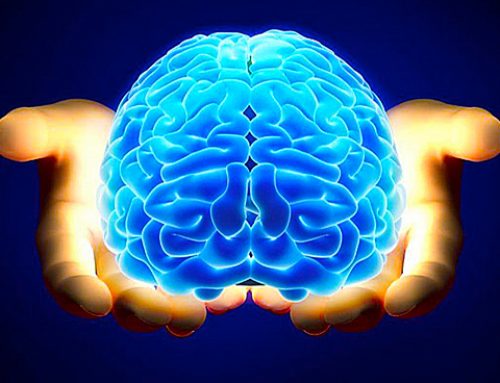A research conducted by the University of San Luis Potosi and Central Hospital, in Mexico, announces a promising innovation in the field of diagnosis of neurodegenerative diseases, especially in Alzheimer’s disease (AD), Parkinson’s disease (PD), and in other neurodegenerative diseases.
The researchers found on biopsy specimens of skin of patients with AD and PD of significantly higher levels of tau protein (p-tau) than those of patients without these diseases and to those of patients with not degenerative dementia. Furthermore, PD patients had elevated levels of the protein α-synuclein (α-Syn).
The tau protein, according to recent studies would be directly responsible for the poor elimination of potentially toxic substances inside neurons, such as amyloid. If it does not work properly, some beta amyloid proteins remain inside the cell, making it degenerate and die.
For doctors opens a new and promising perspective because with this method will be very welcomed the differential diagnostic approach and to formulate a differential diagnosis between different neurodegenerative diseases, including PD and AD.
Although these proteins reflect a failure of the central nervous system in patients with AD and PD, such alterations are also found outside the brain. For example, recent studies have shown that α-Syn can be detected in the gut, in the peripheral nerve endings, and salivary glands. This study determined that compared to control patients with dementia caused by other health conditions, those with both AD and PD had 7 times higher levels of p-tau. People with Parkinson’s disease had a level 8 times higher than α-Syn compared with healthy controls.
Although the protein tau is a hallmark of AD, researchers have recently discovered deposits of tau (neurofibrillary tangles) in the brains of patients with Parkinson’s disease.
Brain dying cells of these patients have deposits of this protein in combination with other cellular debris called Lewy bodies, which provide the definitive diagnosis of Parkinson’s disease.
The Mexican group is the only one in the world to have given a skin test on these diseases and could eventually become a standard test to diagnose neurodegenerative diseases. Has announced that it is possible to detect not only the AD and PD, but also other neurodegenerative diseases, such as progressive supranuclear palsy, frontotemporal dementia, and multiple sclerosis.
This work also shows, as proteins aggregates related to neurodegeneration are often located outside of the central nervous system.





